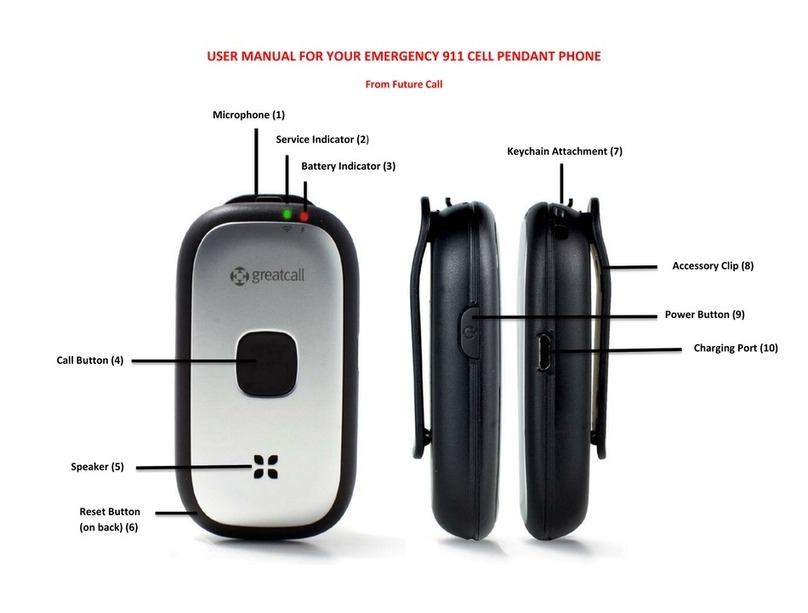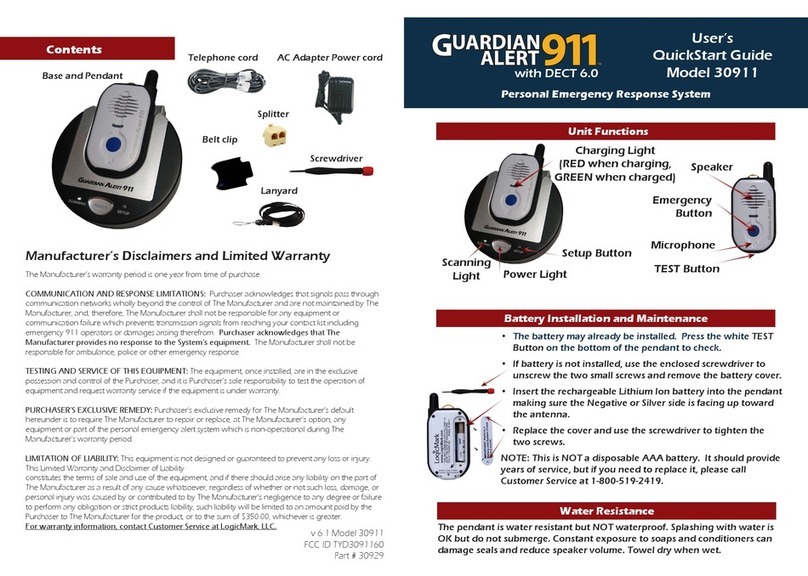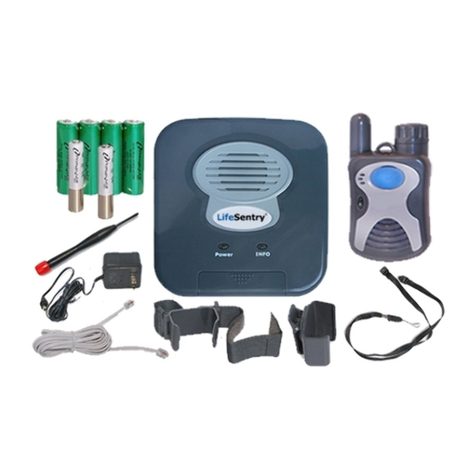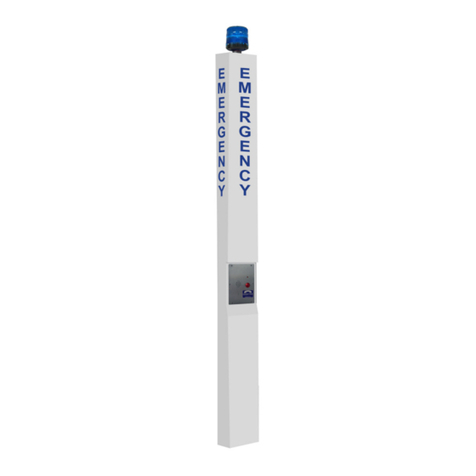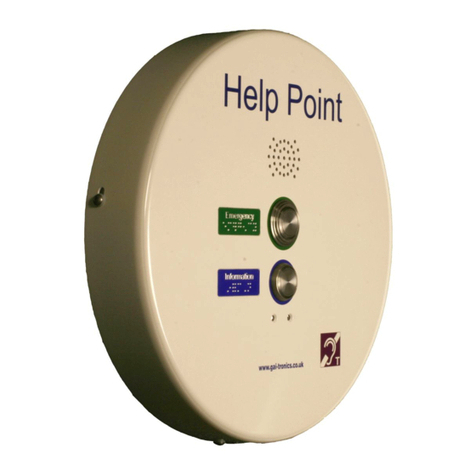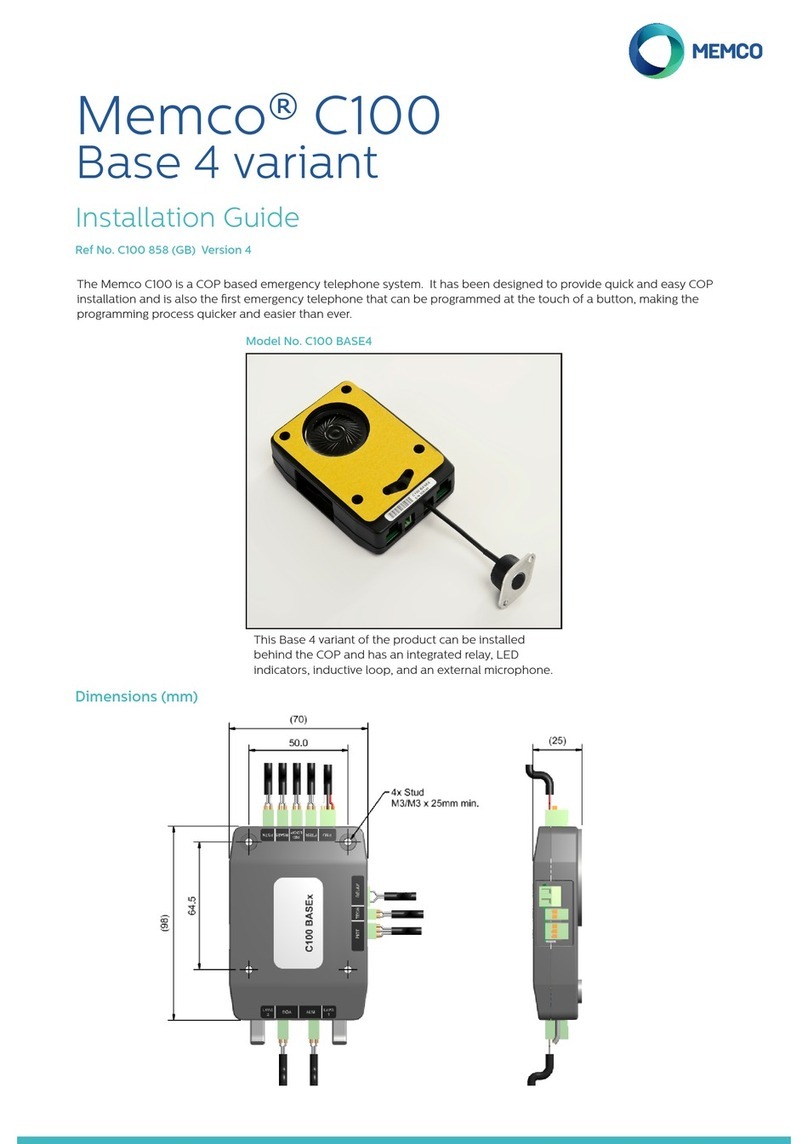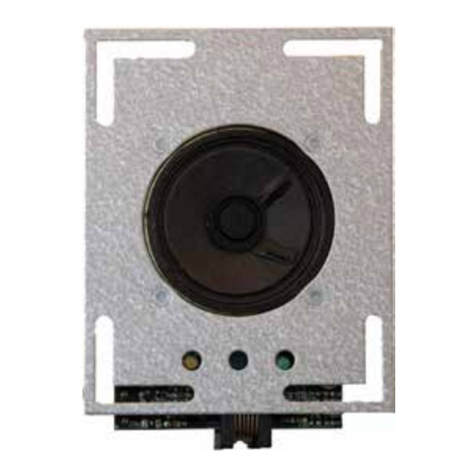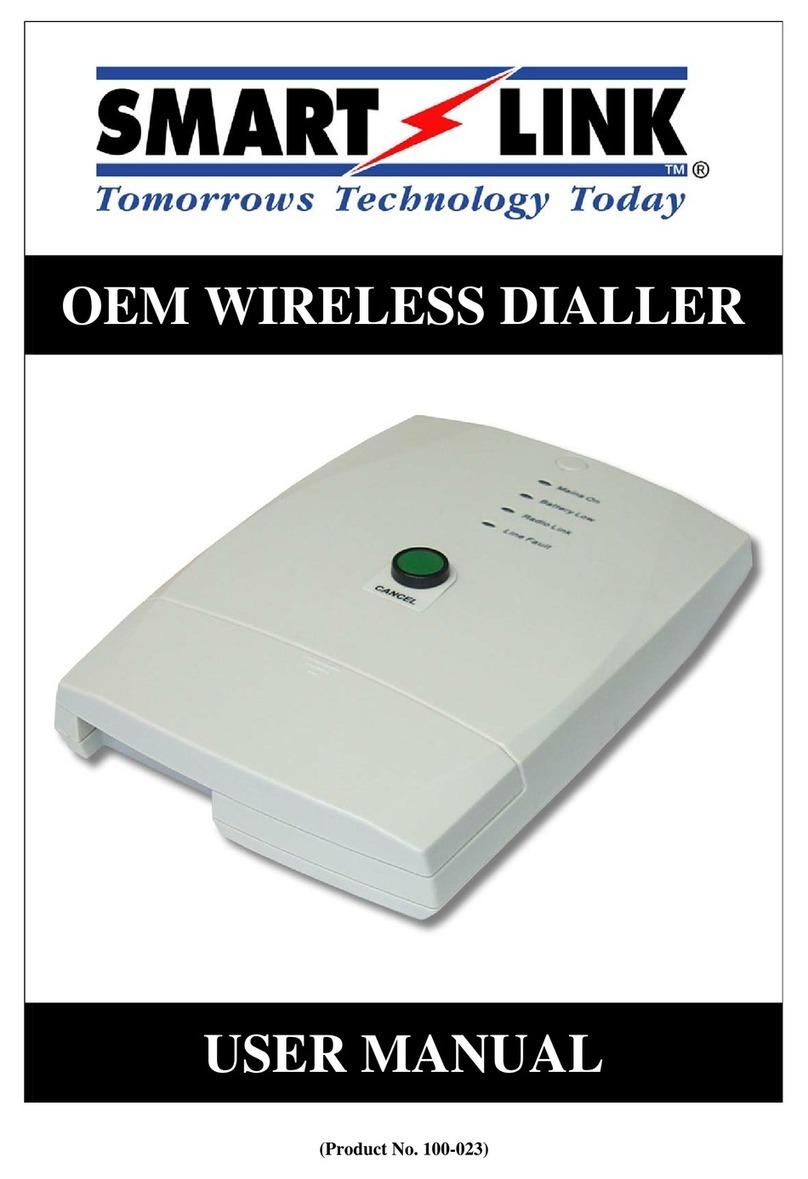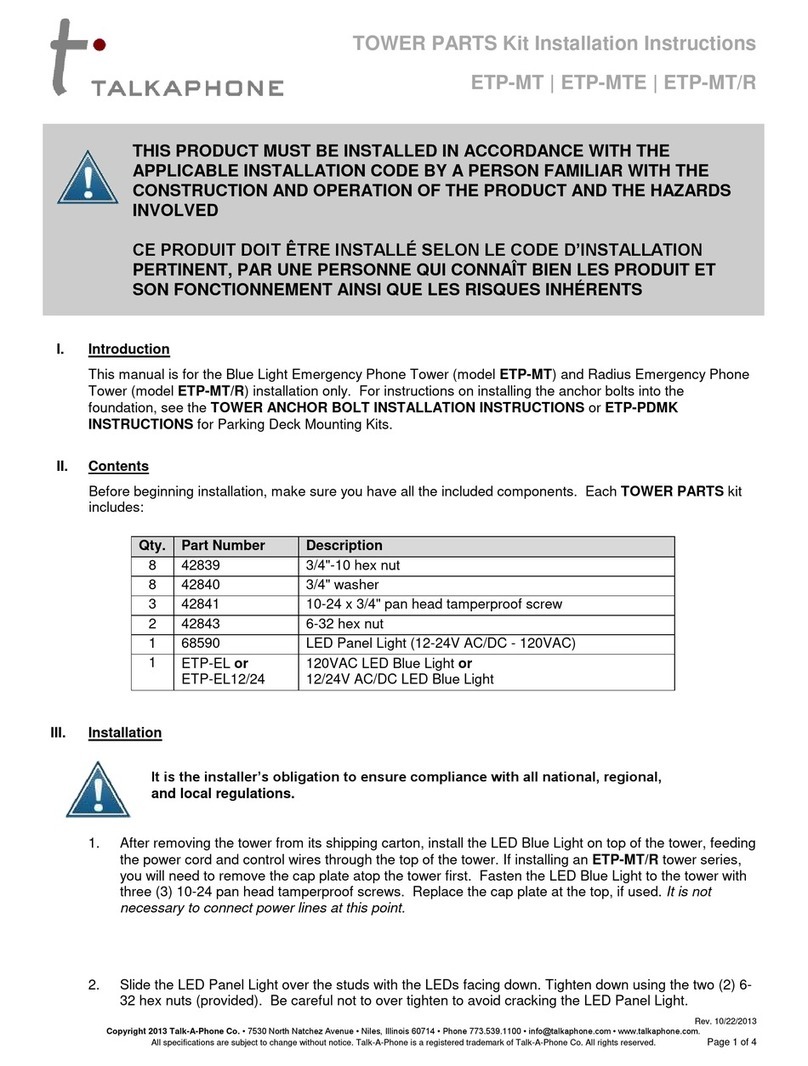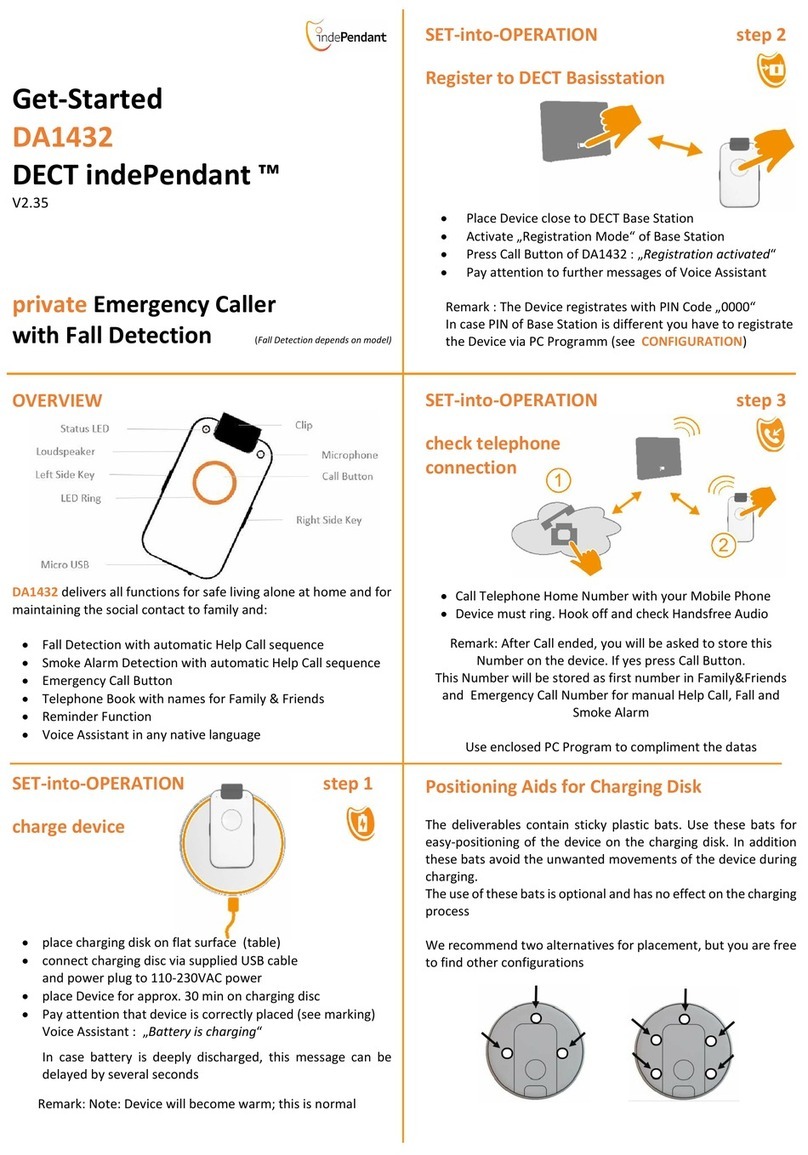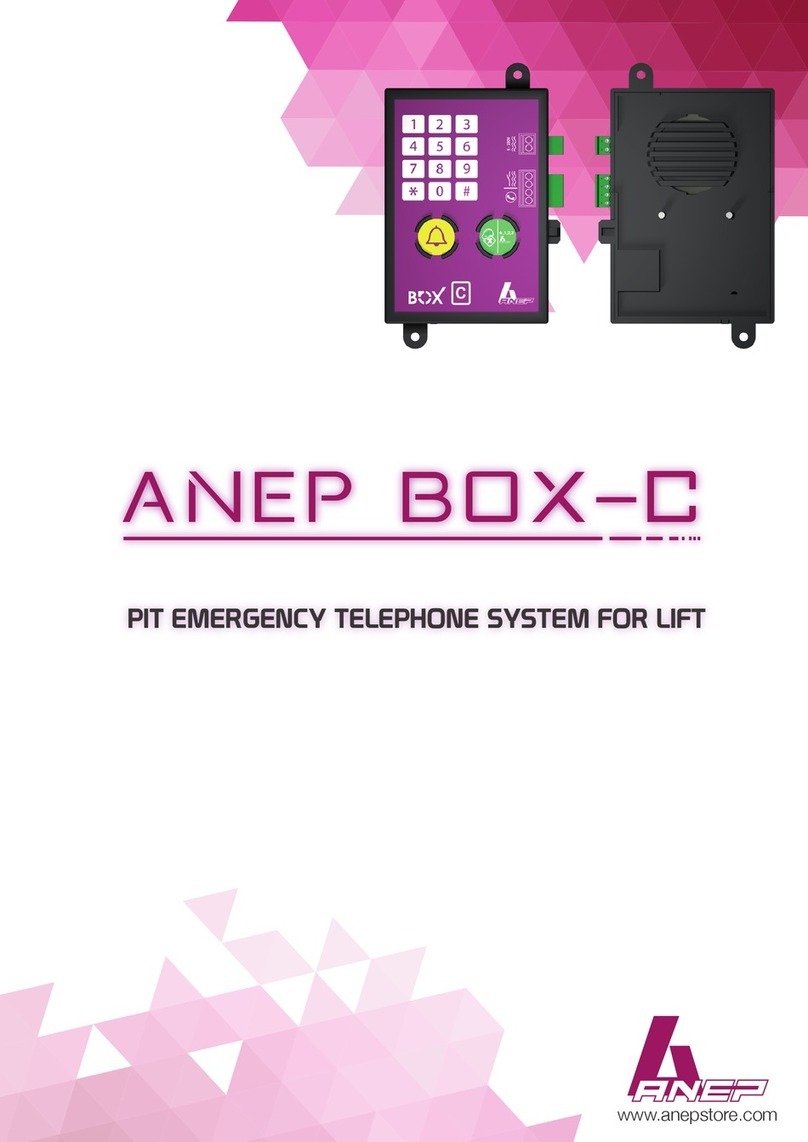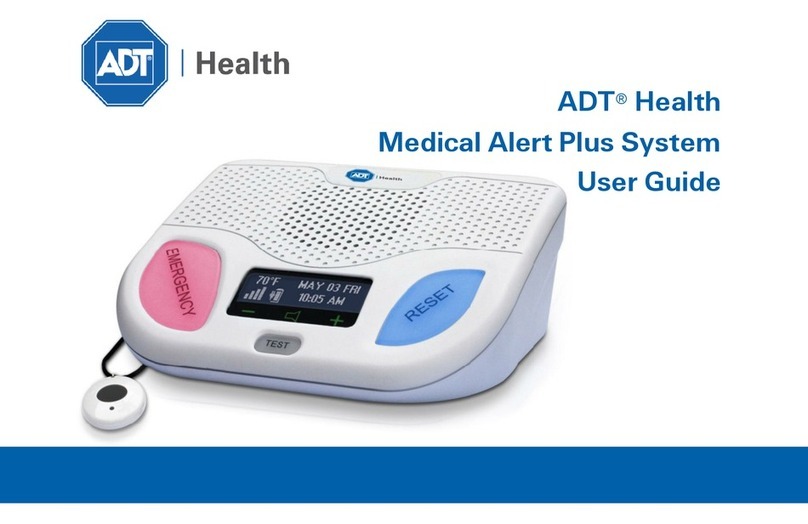
Programming controls and full menu
To exit programming mode Press twice, and
select the action required upon exiting from this list.
Scroll up
Scroll Down
Forward / Accept
Back / Cancel
If you are not able to utilise the one touch programming, program the unit using the full product menu. Details of the
menu controls and quick start menu can be found below:
Menu controls Quickstart menu
1. Alarm No 1 +Using the keypad, enter the rst alarm telephone
number. If connecting the unit to a Hotline, enter 0
instead of a full telephone number
+Select the protocol required from the list which
includes Guided, Unguided, Memco, P100, and
Contact ID. If connecting to a hotline then no
telephone number is required, and this will need to
be programmed by ticking ‘Hotline’ in Settings> Sys
Cong> Hotline
2. Tech. No +Using the keypad, enter the telephone number of
the software system for Technical calls
+Select the protocol required from the list
+The unit will ask if you want to use the same number
for background calls, press to accept and to
reject.
3. Background No +If you have accepted to copy the telephone number
from the Tech No, you can skip this option
+If not, enter the telephone number required
+Select the protocol required from the list.
4. Volume +If you require a volume dierent to the default
volume, press the up and down arrows until the
desired volume is reached
+Press to conrm
5. Location +To record a Location Message, press 2 to start
recording
+Press to end the recording
+Press 1 to play the message back
6. ID Code +Only requires input if you are using GlobalNet to
monitor the C100 unit
+If so, add 3 digit Globalnet customer number to unit
ID code, which is written on the bottom of the unit
ie 109 463768
7. Network ID +If you are attaching more than one C100 unit to a
single telephone line, you need to assign each unit a
network ID
+The rst unit would have an ID code of 1, the second
unit 2, the third unit 3, and so on.
